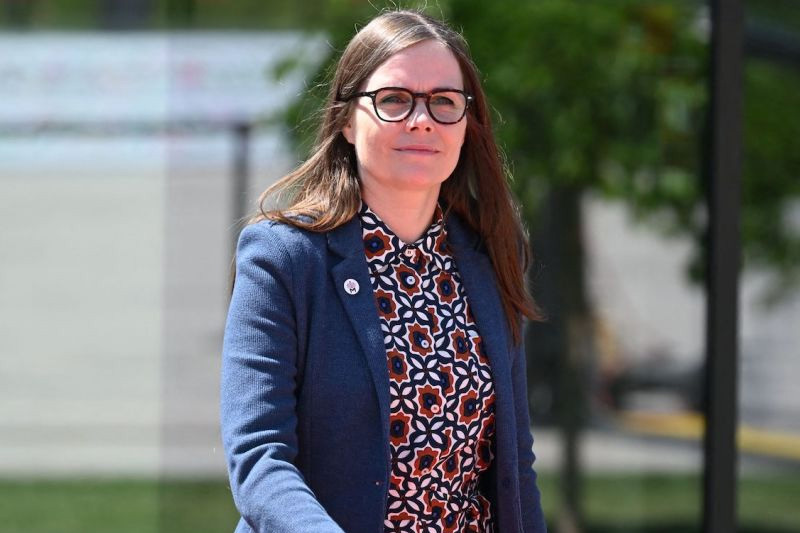
Gender Pay Gap: Iceland Gears Up For First Full-Day Women’s Strike Since 1975
Tens of thousands of women in Iceland, including Prime Minister Katrín Jakobsdóttir, have refused to work on Tuesday in protest at the gender pay gap and gender-based violence.
The “kvennafri” or women’s day off marks the first full-day women’s strike since 1975. Women and non-binary people have been urged to refuse work, including household chores.
Around 90% of Iceland’s female workforce staged a historic protest in 1975, compelling the country’s parliament to pass an equal pay law the following year.
Strike To Majorly Affect Women-Dominated Fields
Jakobsdóttir said her government is looking into how female-dominated professions are valued, in comparison to fields traditionally dominated by men.
Tuesday’s strike will particularly affect fields in which women form the majority of workers, such as healthcare. Around 80% of workers at the National University Hospital of Iceland are women.
Moreover, women make up the majority of teachers at every level of the educational system in Iceland, including a staggering 94% of kindergarten teachers.
Keep Reading
How Is Iceland Doing On Gender Equality?
For 14 years in a row, the World Economic Forum has been ranking Iceland the best country in the world for gender equality. But the volcanic island is not completely equal.
The WEF has assigned Iceland an overall score of 91.2%. The sparsely-populated country ranks 14th in the world for economic participation, below Liberia, Norway, Jamaica and a few others.
For Tuesday’s strike, men are encouraged to take on additional responsibilities at work and at home, in an effort to enable their colleagues and partners to join the protest.
How Is The World Doing On Gender Equality?
The picture is mixed. While the needle is moving in the right direction, the WEF report finds it will take 131 years to reach full parity between men and women at the current rate of progress.
No country has yet achieved full gender equality. While Europe and North America tend to do better than other regions, there is still plenty of variation.
The US, for example, ranks 43rd with the gender gap less than 75% closed, behind countries including Colombia, Belarus, Liberia and Cabo Verde.




